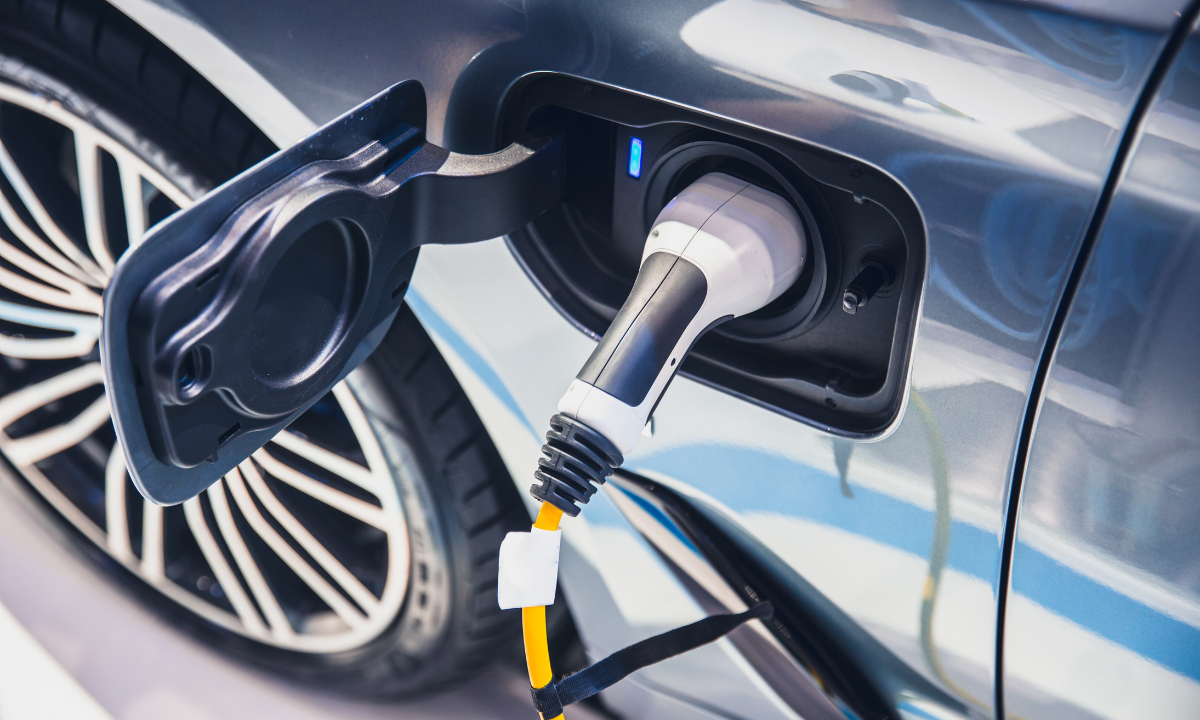With more shoppers tire kicking EVs, the industry has to be ready to provide accurate and useful answers
Disruption is feeling like a highly overused word of late. The business media, as well as more than a few LinkedIn members, seem infatuated with the term.
The Oxford dictionary people say that one of the definitions of disruption is “…a radical change to an existing industry or market due to technological innovation.”
That sounds exactly like what is currently happening in the auto sector with the Zero Emission Vehicle (ZEV) transition. Is your retail team fully prepared to capitalize on this big shift?
The automobile business has uniquely been both the big disruptor (apologies to horses and donkeys) more than 120 years ago, and also been the perennial target of disruption for its entire history.
At one point, cars ran on benzine, and you had to buy it from the drug store. When gasoline was finally adopted, it was sold in two-gallon jerry cans at hardware stores.
Headlights were once candles, now there are laser lights! You get the idea. We have progressed!
There have been many sharp twists and turns in the road over the years, yet the business has persisted, innovated, and flourished. That said, nothing can be a larger change in direction than the switch away from fossil fuels to electrification. Now is the time to double down on ZEV success preparations with your retail teams.
The recently announced Electric Vehicle Availability Standard for Canada means that OEMs must achieve specific ZEV sales targets.
The government mandate first applies for the 2026 model year. In that first year, a minimum of 20 per cent of new light-duty vehicles must be ZEVs. The sales target rises to 60 per cent by 2030 and to 100 per cent for 2035.
The course is set from a legislation standpoint.
Have you been to an auto show recently? It has never been more evident that the industry is speeding towards a new chapter.
It seems that most OEMs are downplaying ICE products, and pushing the EV and PHEV offerings right to the front of the booth! The knowledge base for the industry is changing so quickly, auto show visits should be a mandatory training ground for retail staff to gain an understanding of current trends and competitors.
How far along are we in this revolution? As a global industry we hit peak internal combustion engine (ICE) sales way back in 2017.
For 2024, global ZEV sales will approach 17M units, up from 1.1M in 2017. Canada’s adoption rate is now 13.3 per cent with B.C. leading the way at 26.4 per cent followed closely by Quebec at 22.8 per cent.
In recent months there has been noise in the industry and mainstream media suggesting that EV adoption has hit a wall. Not true, this is in fact normal and expected consumer behaviour.
The revolution has not halted! Looking back at research from Everett Rogers in the 1960s, he popularized the concept of the different stages of adoption of innovations by consumers. For example, think of the first flat screen televisions. They were not that large, and well over $10,000. Today you can buy a nice big TV for about 6 per cent of that price.
For ZEVs, we have passed the innovators and early adopters’ stage which covers about 16 per cent of the market, the remaining 84 per cent are still to come. We are in this chasm zone (see diagram) that leads to the vast majority of the mainstream market.
All of that details the disruption that is upon us, but what do retailers need to do to improve their chances for success? Consider carefully how you handle the ZEV customer.
Tomorrow’s ZEV customer is going to be a much harder sell than one from yesterday. The next phase of ZEV retail customer types are going to need different approaches. The later adopters are going to be harder to win over on the showroom floor, and will need more support and education.
It will most likely take longer to make a sale. Understanding the technology in the vehicle and the apps that go with it, the driving dynamics, home and public charging and the cost of ownership benefits just to name a few.
Call it “handholding” but that is what it is going to be like for many. Those retailers that make it easy for the consumer will reap the rewards. For example, bringing outside expertise into the vehicle purchase decision will be key. Applications such as Charge Hub’s website and app and The CAA’s Cost of Ownership calculator are key resources for education of consumers and sales staff.
The EV customers that will be the next wave are looking for their dealer to help them acquire their new vehicle, not to sell it to them. The industry has already sold to most of the Early Adopters, and the next wave will want and expect a trusted ZEV advisor to help them understand all the disruption.
With great disruption (there is that word again) there is always great opportunity. There are chances for success and business growth at every level and niche in the auto space. It is not too late to plan for success in a ZEV future.

















